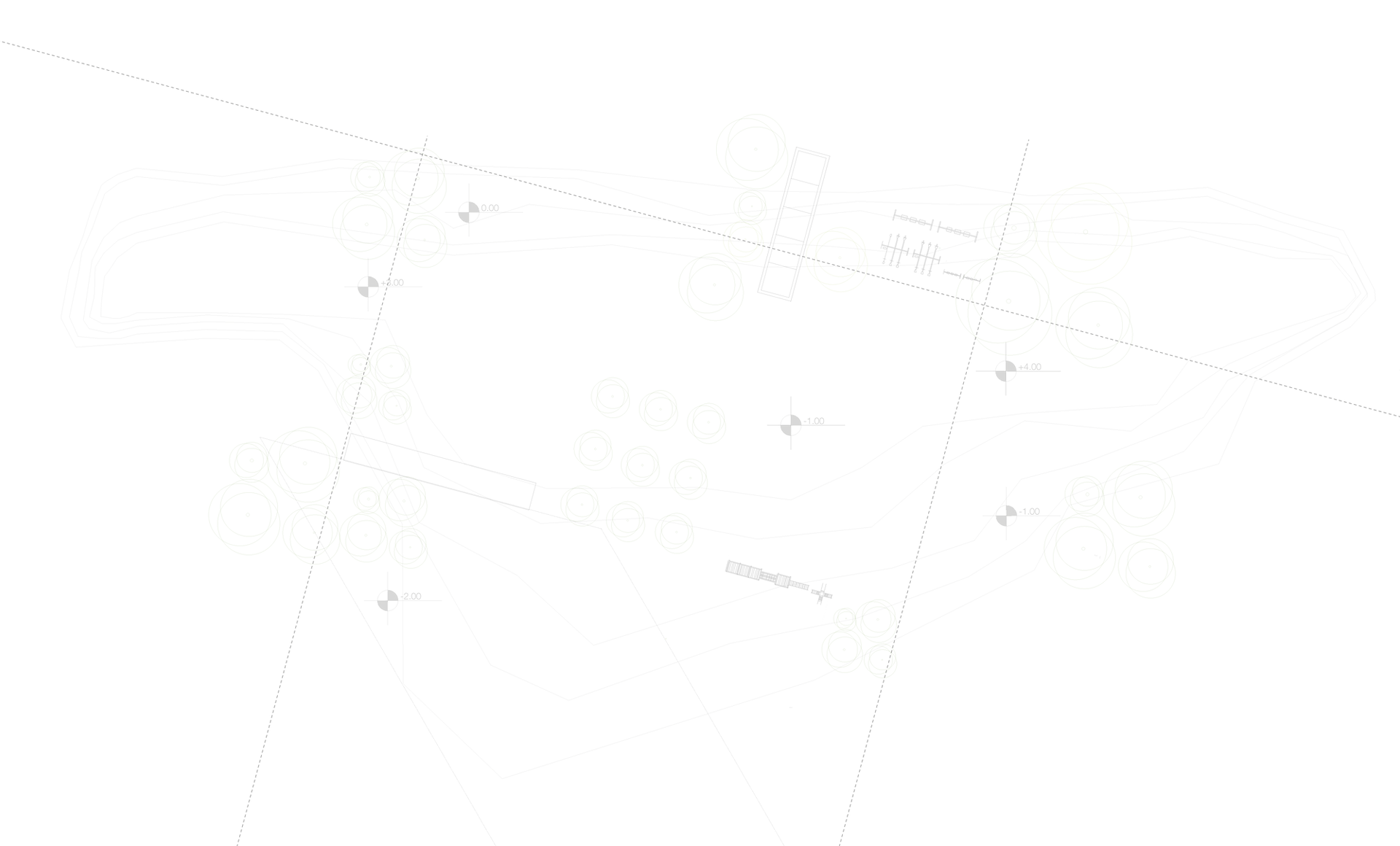
New Urbanist Blacksburg
by Max Rooke & Lonnie Hamilton III
Increasing Tree Canopy Coverage
Priority: Moderate | Cost: Low | Implementation: Long
Land use directly contributes 8% to global greenhouse gas emissions. This often comes from converting natural greenspace into human settlement. However, while only making up 8% of global emissions, land use can also shape fossil fuel emissions that make up 85% of global greenhouse gas emissions (Blacksburg Climate Action Plan, 2016). Therefore, it is paramount that Green New Deal funding be directed to ameliorate land use-based greenhouse emissions within the Town of Blacksburg.
An important way to do this is to increase the town’s tree canopy cover. Trees serve several roles: they beautify, they provide a sense of place, they provide shade, and crucially, they absorb carbon dioxide emissions. Planting trees creates net negative carbon emissions, and as such are a helpful way of reducing the town’s net carbon emissions.
Green New Deal funding comes into play by providing the money for the town to increase its tree cover. Town-owned land like parks and school campuses would have a diverse range of native tree species planted in various stages of maturity. There is precedent for such projects working in larger cities like Toronto (TendersInfo, 2020), providing reason to believe it is even more manageable in a town the size of Blacksburg.

Source: Strongtowns

Source: Google Maps

Source: Strongtowns
In addition to this, the town could purchase seeds and saplings for residents and offer each property owner a few of each for free and more at a reduced price. This would help massively increase tree cover in the town on private properties as well as public ones and ensure that the benefits of an enlarged tree canopy are present across Blacksburg.